Why Quality Insulated Food Delivery Bags Matter Now
Customer satisfaction in today’s food delivery industry depends heavily on more than simply delicious meals – the temperature of delivery food can make or break an experience; hot soup or cool pizza quickly ruins this dining adventure. Therefore, insulated delivery bags have become indispensable tools that provide essential business assets.
The Effect on Customer Satisfaction
Top food delivery services are investing in high-quality thermal bags. Why? Temperature has an enormous influence on food quality. Maintaining optimal hot or cold temperatures for all dishes served ensures customers experience their meals as intended, leading to greater customer satisfaction and positive reviews.
Food quality and safety are of utmost importance in food service operations, with proper temperature regulation as a means of maintaining this priority. Imagine ordering an all-American burger only to discover it arrives cold with a soggy bun and gritty patty. A quality insulated delivery bag would keep it hot and fresh to ensure customer perception and loyalty are maximized.
Temperature Control is Gaining Ground
Maintaining appropriate food temperatures when delivering can make all the difference in a competitive industry, minimizing complaints about temperature-related issues while simultaneously building trust through quality and dependability.
Customer loyalty can lead to repeat business and positive word-of-mouth referrals, increasing repeat purchases and positive word of mouth referrals. Online reviews can heavily influence a business, making this even more critical.
Demand for food delivery has skyrocketed, driving the growth of the insulated food delivery bag market to approximately USD 16.5 billion by 2025 and projected to hit USD 31.8 billion by 2035, growing at a CAGR of 6.8%! Consumer demand is driving this growth along with tightening food safety regulations; investing in quality insulated delivery bags ensures customer satisfaction, brand integrity, and future success for any organization.
Finding Your Ideal Match: Explore Types of Insulated Food Delivery Bags
Beyond the standard insulated food delivery bag lies a diverse range of specialized options. Each bag is carefully designed to meet specific needs, making the selection process crucial for efficient and successful deliveries. Let’s explore the key differences between these bag types to help you find the perfect fit for your business.
To help you in your search, we’ve compiled a handy comparison guide:
Insulated Food Delivery Bag Comparison Guide
| Bag Type | Best For | Temperature Retention | Typical Size Range | Durability | Price Range |
| Backpack-Style Bags | Cyclists, pedestrians, urban deliveries | Moderate | Small to Medium | High | Mid-range |
| Catering Bags | Large catering orders, bulk food transport | High | Large | Very High | High |
| Pizza Delivery Bags | Pizza delivery | High, designed for heat and crispness | Varies by pizza size | Moderate | Low to Mid-range |
| Multi-Compartment Bags | Mixed temperature deliveries (hot and cold items) | Moderate to High (depending on compartment design) | Medium to Large | Moderate | Mid-range |
| Collapsible Bags | Businesses with limited storage, fluctuating order volumes | Moderate | Small to Medium | Moderate | Low to Mid-range |
As you can see, each bag offers unique advantages. Backpack styles offer hands-free convenience, catering bags prioritize large volumes and temperature retention, while pizza bags focus on maintaining crispness. Multi-compartment bags handle mixed temperature needs, and collapsible bags offer space-saving solutions.
Backpack-Style Bags: The Urban Delivery Hero
Backpack-insulated food delivery bags provide the ideal way to navigate bustling urban environments safely and efficiently, especially for cyclists and pedestrians. Their hands-free design facilitates safe movement without risk, with multiple compartments offering organized storage of different orders separately – an attractive feature in densely populated regions where delivery services operate frequently.
Catering Bags Are Ideal for Handling Bulky Orders Effortlessly
Catering businesses or restaurants delivering large orders require catering insulated food delivery bags as an integral component. Configured to hold multiple catering trays or large quantities of food, these larger and more robust bags have reinforced handles and straps for support when carrying additional weight, with their design prioritized on maintaining temperatures for extended durations – ideal for catering events!
Pizza Delivery Bags Are Crucial in Maintaining Piping Hot Pizzas
Pizza delivery bags have one purpose in mind – keeping pizzas hot and crispy during delivery. Specialized insulation helps retain heat while preventing sogginess; various sizes ensure perfect fitting; easy cleanup also plays an essential part.
Multi-Compartment Bags: Essential for Mixed-Temperature Deliveries
Delivering both hot and cold food items simultaneously presents a daunting challenge, yet multi-compartment insulated food delivery bags offer a useful solution with separate sections designed to maintain different temperature zones within one bag – an invaluable feature when dealing with deliveries that include both entrees and desserts, such as beverages that must arrive at their perfect temperatures.
Collapsible Bags Are Space-Saving Solutions
Collapsible insulated food delivery bags offer businesses with limited storage space an effective solution. Folded up, these compact storage options still deliver exceptional temperature retention when deployed – an attractive feature perfect for smaller operations with fluctuating delivery volumes or those looking for ways to optimize space efficiency.
Finding an insulated food delivery bag tailored specifically for your business depends on many different variables. Take into consideration factors like order size, delivery method (walking/cycling/driving), type of food being transported, as well as any special instructions from customers when making this selection process. By carefully considering all these considerations, you can find an optimal bag to ensure all orders arrive intact every time!l
Understanding The Science Behind Temperature Control
What separates a top-tier insulated food delivery bag from a cheaper alternative? It all comes down to the science of temperature regulation. These bags aren’t just simple containers; they are carefully engineered systems built to prevent heat transfer. Maintaining food quality and safety during delivery relies on this sophisticated design.
Understanding Thermal Dynamics in Food Delivery
Thermal insulation is the key principle. Effective insulated food delivery bags create a barrier against the three main ways heat transfers: conduction, convection, and radiation.
Conduction is heat transfer through direct contact. Think of a hot pizza box on a cold countertop losing heat. Convection happens through the movement of fluids, like air. The rush of heat when you open a hot oven is convection. Finally, radiation is heat transfer through electromagnetic waves, like the warmth from the sun.
An effective bag needs to address all three. It accomplishes this through a combination of smart materials and clever design. Choosing the right bag depends on understanding these mechanisms. This leads us to the construction of these temperature-maintaining marvels.
The Anatomy of an Insulated Food Delivery Bag
Quality food delivery bags typically comprise three key components: exterior material (usually nylon or polyester), insulation core, and inner lining. With quality bags made out of these materials, each component works together seamlessly, protecting from elements and prolonging lifespans over time.
Core insulation is at the center of every bag and where science really shows its merit. Usually made out of closed-cell foam such as polyethylene or polyurethane, closed-cell foam excels at trapping air, which acts as an excellent heat insulator; many bags also include reflective materials like aluminum foil to reflect radiant heat back toward food to further maintain temperature stability.
Interior lining materials should be food-grade materials like polyethylene or aluminum that provide additional temperature regulation protection while simultaneously upholding hygiene practices, providing another barrier between temperature changes and hygiene concerns. All layers work in tandem to form an efficient thermal barrier.
From Materials to Performance
The specific combination of these components is what determines how effectively a bag controls temperature. Thicker closed-cell foam layers often offer better insulation; similarly, reflective material quality has an important influence on bag performance.
By understanding the science and interaction of materials used for food delivery bags, one can make more informed choices when selecting an insulated food delivery bag that best meets their needs. Knowing about this allows one to see beyond marketing hype and focus on those technical details that count, ultimately leading to improved food quality and happier customers!
The market for insulated bags is expanding quickly, reflecting their importance in various industries and environments. Projections indicate a compound annual growth rate between 5.7%-6.5% through 2031. This development can be traced directly back to maintaining temperature integrity for maintaining product integrity as a form of environmental safety measure.
Essential Features That Deliver Real-World Results
Not all insulated food delivery bags are the same. Choosing the right one requires understanding the key features that affect both performance and how long the bag will last. This section explores the must-have features that distinguish the best insulated food delivery bags.
Zipper Quality and Longevity
Zippers see a lot of action on delivery bags. Their quality is often a good indicator of the bag’s overall lifespan. A broken zipper makes a bag unusable. Look for heavy-duty zippers with large teeth and strong pull tabs. These can handle the constant opening and closing that comes with delivery work. This small detail can significantly extend a bag’s usable life.
Reinforced Bottoms: Preventing Food Disasters
Reinforced bottoms are crucial for preventing spills and keeping the bag’s structure intact. A weak bottom can collapse under the weight of the food, resulting in damaged meals and unhappy customers. Imagine a delivery driver with multiple orders. A reinforced bottom prevents the bag from sagging and potentially spilling food. Look for bags with double-stitched seams and waterproof base materials for added protection and easy cleaning.
Comfortable Straps: Reducing Delivery Fatigue
Carrying heavy bags for long periods can tire out delivery drivers. Well-designed straps distribute weight evenly and reduce strain. Padded, adjustable shoulder straps are a great feature for backpack-style bags. For handheld bags, look for reinforced handles with comfortable grips. Proper strap design is key for driver comfort and efficiency, especially during rush hour.
Interior Seam Construction: Heat Retention and Cleaning
Interior seam construction significantly affects both heat retention and how easy the bag is to clean. Sealed seams can prevent heat loss and spillage, helping maintain food temperature more reliably. Seamless interior designs also make cleaning and sanitation much simpler – an especially valuable feature in businesses that prioritize hygiene-focused delivery practices.
Ventilation: An Act of Balance
Proper ventilation can be essential when handling certain foods that are prone to condensation or sogginess, like those that rely on moist content from their packaging for freshness. An adequate airflow through ventilation keeps moisture at bay without impacting temperature retention too heavily, though too much ventilation could compromise it. Finding the right balance depends on the specific foods being delivered.
Customizable Dividers: Optimizing Organization
Customizable dividers are excellent for organizing multiple orders and preventing items from shifting during transit. These dividers are often adjustable and removable, allowing you to configure the bag’s interior according to the needs of each delivery. This flexibility improves efficiency and minimizes spills, ensuring orders arrive in perfect condition.
To help summarize the key features we’ve discussed, take a look at the table below:
Essential Features in Quality Insulated Delivery Bags
| Feature | Purpose | Benefit | What To Look For |
| Zipper Quality | Secure closure, frequent use | Prevents spills, extends bag life | Heavy-duty zippers, large teeth, robust pull tabs |
| Reinforced Bottom | Support weight, prevent spills | Protects food, easy cleaning | Double-stitched seams, waterproof base material |
| Comfortable Straps | Reduce driver fatigue | Improves comfort and efficiency | Padded, adjustable straps; reinforced handles |
| Interior Seam Construction | Heat retention, easy cleaning | Maintains food temperature, promotes hygiene | Sealed or seamless designs |
| Ventilation | Prevent sogginess, maintain freshness | Keeps food in optimal condition | Controlled ventilation appropriate for the food type |
| Customizable Dividers | Organize multiple orders | Improves efficiency, minimizes spills | Adjustable and removable dividers |
As you can see, selecting the right insulated food delivery bag involves considering various factors that directly impact both driver comfort and customer satisfaction.
Making Informed Purchasing Decisions
This detailed examination of essential features provides practical guidance for assessing the quality of insulated food delivery bags. By considering these factors, you can make smart purchases that contribute to the success of your delivery operations and create a positive customer experience.
Maximizing Temperature Retention: The Time Factor
The crucial question for any food delivery business is: how long can we keep food at its ideal serving temperature? Several factors influence this, including the quality of your insulated food delivery bags, the type of food, and the delivery conditions. Let’s explore how these elements impact temperature retention.
The Impact of Bag Quality
The quality of your insulated food delivery bag plays a vital role. A high-quality bag with thick insulation and a durable outer layer will always outperform a cheaper alternative. Think of it as comparing a high-performance cooler to a basic styrofoam cooler. The superior construction of a premium bag creates a better barrier against temperature changes, keeping food hot or cold for a longer period.
Food Type and Temperature Retention
Different foods retain heat (or cold) at varying rates. A dense, hot dish like lasagna will stay warmer longer than lighter fare like French fries. Likewise, frozen desserts will melt faster than chilled drinks. Understanding the thermal properties of your menu is essential for predicting accurate delivery temperatures.
Preconditioning and Packing Techniques
Bag preconditioning can significantly extend temperature retention. For hot foods, preheating the bag with hot water bottles or heating pads creates a warm environment. For cold food, chilling the bag with ice packs before adding items helps maintain lower temperatures.
Effective packing also matters. Filling empty space with crumpled paper or bubble wrap minimizes air circulation and temperature fluctuation. Think about packing a suitcase—efficient packing keeps items secure and prevents shifting. This same principle applies to food delivery: secure packing maintains temperature stability.
External Factors and Mitigation Strategies
External factors like ambient temperature and delivery distance also impact temperature retention. On a hot day, delivered food will cool down faster. Conversely, cold items are more prone to warming in hot weather. Longer delivery distances increase transit time and the potential for temperature changes.
To mitigate these challenges, consider additional insulation like blankets or thermal liners during extreme weather. For longer deliveries, use extra ice packs or hot packs to maintain the desired temperature.
Advanced Techniques for Mixed Temperature Orders
Delivering hot and cold food simultaneously presents a unique challenge. Multi-compartment bags with separate temperature zones are crucial. Imagine keeping a piping hot pizza warm while simultaneously protecting a chilled salad on the other side. Careful packing prevents temperature crossover.
Addressing Challenging Menu Items
Some menu items are inherently difficult to control temperature-wise. Soups, for example, are prone to spilling, while delicate desserts can be easily damaged. Leak-proof containers for soups and specialized packaging for desserts address these specific concerns.
By understanding these factors and employing these strategies, you can maximize temperature retention and ensure food arrives in perfect condition. This boosts customer satisfaction and builds a strong reputation for your delivery service. These techniques are used by successful delivery services everywhere to maintain quality and consistency.
Global Innovations Reshaping Food Delivery Solutions
The insulated food delivery bag market is constantly evolving, driven by technological advancements and shifting consumer preferences. These changes are creating exciting new ways to maintain ideal temperature control during delivery.
Sustainable Materials: Eco-Friendly and Effective
A key innovation is the growing use of sustainable materials in insulated food delivery bags. Consumers are increasingly environmentally conscious, and businesses are responding. They’re actively seeking eco-friendly alternatives that don’t sacrifice performance. For instance, some manufacturers are using recycled plastics and plant-based materials to create durable and biodegradable insulated bags. This move toward sustainability isn’t just a passing trend—it’s a crucial step in reducing the environmental footprint of food delivery.
Smart Temperature Monitoring: The Competitive Advantage
Another major development is incorporating smart technology into insulated food delivery bags. Imagine a bag that tracks the temperature of its contents in real-time and sends that data to a mobile app. This technology provides more control over food quality. It also offers valuable insights for optimizing delivery routes and boosting efficiency. This level of precision is quickly becoming a significant competitive edge in the food delivery market.
As of 2023, the insulated bags market, which includes insulated food delivery bags, was valued at approximately USD 14.35 billion globally. It’s expected to continue growing at an annual rate of about 6.7%. This growth highlights the increasing importance of these bags across various industries, especially food delivery.
Regional Preferences and Global Design Trends
Regional delivery preferences are also shaping global design trends. In densely populated urban areas, backpack-style bags are gaining traction because of their convenience for cyclists and pedestrians. In contrast, areas with longer delivery distances require bags with advanced insulation and temperature monitoring. These regional adaptations show the importance of understanding local market needs.
Ghost Kitchens and Specialized Bag Development
The rise of ghost kitchens (delivery-only restaurants) is further driving the development of specialized insulated food delivery bags. These kitchens need bags that can handle diverse menus and maintain different temperature zones simultaneously. This demand for specialized solutions pushes innovation in bag design and functionality.
Some bags now feature customizable compartments to separate hot and cold items. Others offer specialized insulation for specific food types, like pizza or delicate desserts. These innovations reflect the increasing complexity of the food delivery industry.
By understanding these global trends and technological advances, businesses can make informed decisions about investing in insulated food delivery bags. Choosing the right bags will meet not just current needs, but also anticipate future demands. This forward-thinking approach is key to staying competitive in a rapidly evolving market.
Extending Bag Lifespan: Essential Maintenance Practices
Your insulated food delivery bags are a vital investment. Proper care can significantly extend their lifespan, potentially even tripling it. This directly translates to cost savings and ensures your customers consistently receive high-quality food. Let’s explore the best practices for maintaining both the appearance and thermal performance of your insulated delivery bags.
Why Standard Cleaning Isn’t Enough
While well-intentioned, standard cleaning can damage the insulation of your bags. Harsh chemicals and excessive scrubbing can break down the closed-cell foam crucial for temperature retention. Imagine repeatedly bending cardboard—it weakens and loses its structure. Aggressive cleaning similarly weakens insulation, reducing its effectiveness. This section provides material-specific cleaning techniques to avoid this.
Maintaining Thermal Performance: Material-Specific Cleaning
Different materials require different cleaning approaches. For nylon exteriors, a mild detergent and warm water solution is usually sufficient. For vinyl or polyester bags, avoid harsh chemicals. A mixture of white vinegar and water effectively disinfects and deodorizes without damaging the material.
- Nylon: Mild detergent and warm water
- Vinyl/Polyester: White vinegar and water solution
Gentle interior cleaning is key. Avoid abrasive scrubbing, which can damage the lining and compromise temperature retention. Use a soft sponge or cloth.
Tackling Common Challenges: Odors, Stains, and Structural Maintenance
Stubborn food odors can permeate bags. Baking soda is a natural odor absorber. Sprinkle it inside, let it sit for a few hours, and then vacuum it out. For tough stains, a paste of baking soda and water can be applied directly. This simple trick is often effective.
Regularly inspect your bags for structural damage. Loose stitching or broken zippers should be repaired promptly to prevent further damage. A small tear can quickly worsen.
Step-by-Step Cleaning Guide: Integrating Maintenance into Your Workflow
Here’s a quick guide to incorporating cleaning into your daily operations:
- Daily: Wipe down the interior and exterior with a damp cloth.
- Weekly: Use a mild detergent or vinegar solution for a deeper clean.
- Monthly: Inspect for structural damage and address any issues.
- Quarterly: Deep clean and deodorize with baking soda.
This routine helps maintain clean and effective bags without disrupting your workflow.
By implementing these professional maintenance practices, you’ll maximize your investment in insulated food delivery bags, ensuring long-lasting performance and consistent food quality. For a wide selection of high-quality insulated food delivery bags and other packaging solutions, visit MrTakeOutBags.com. They offer expert advice and personalized service to help you find the perfect products for your needs.

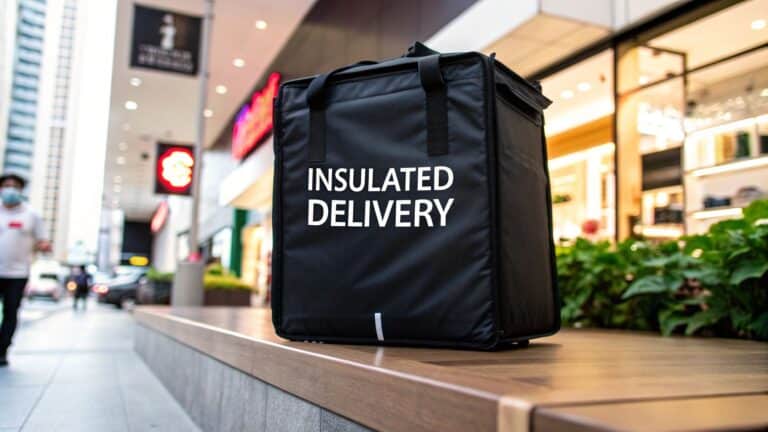
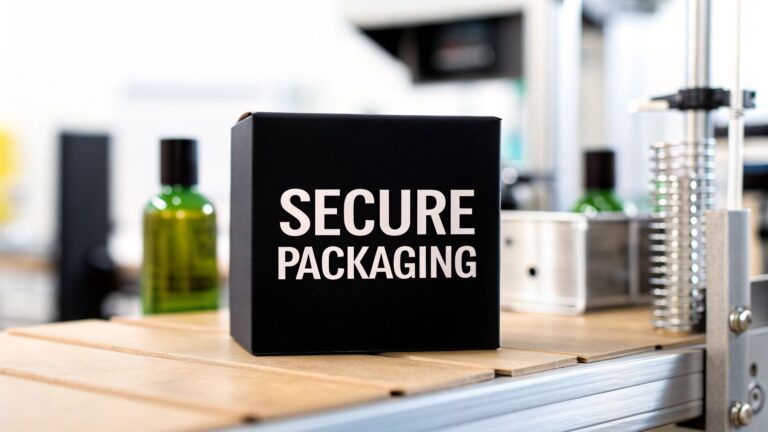



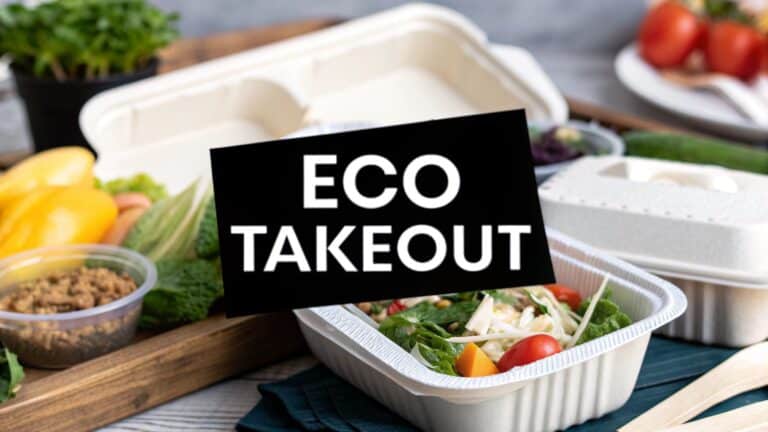
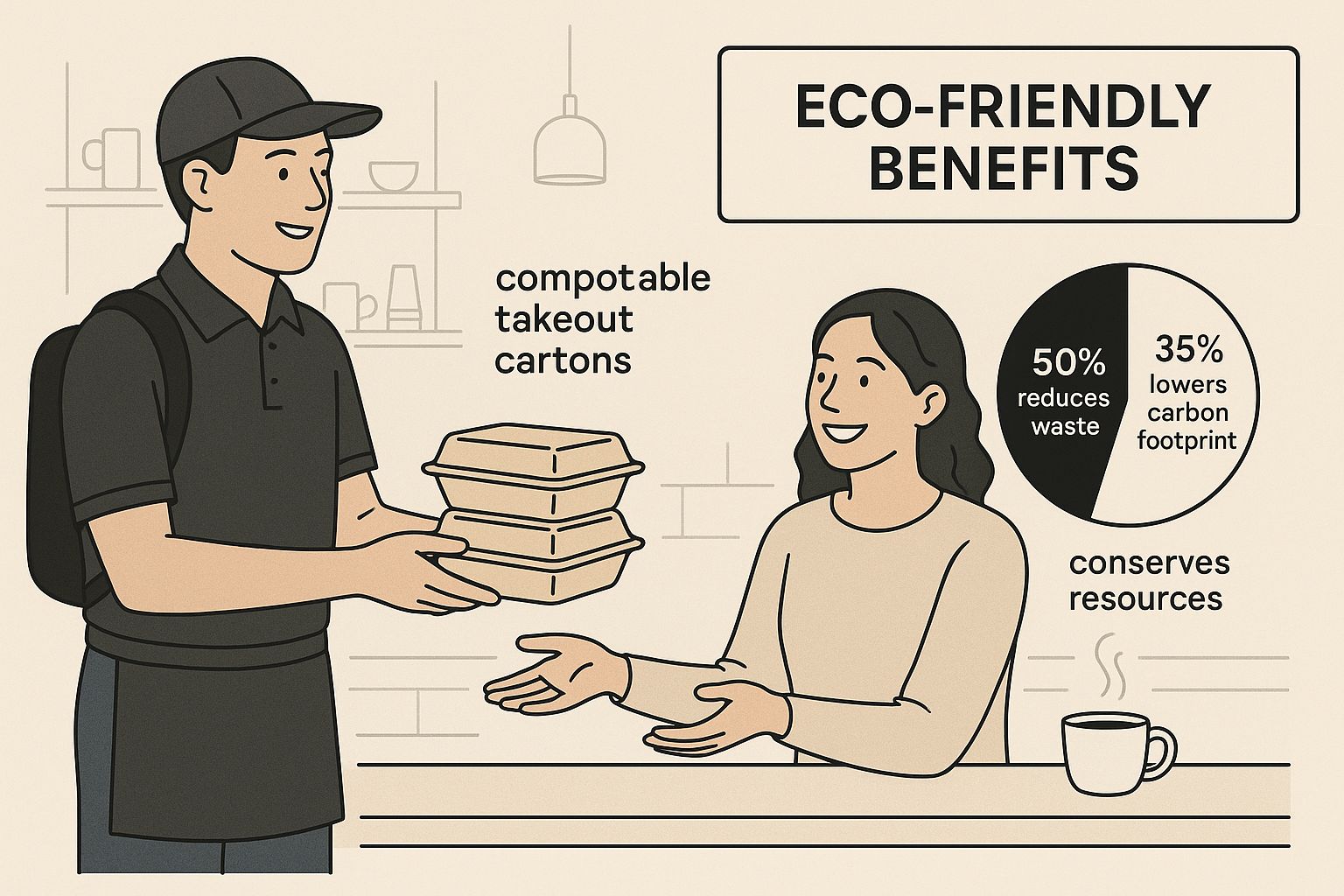
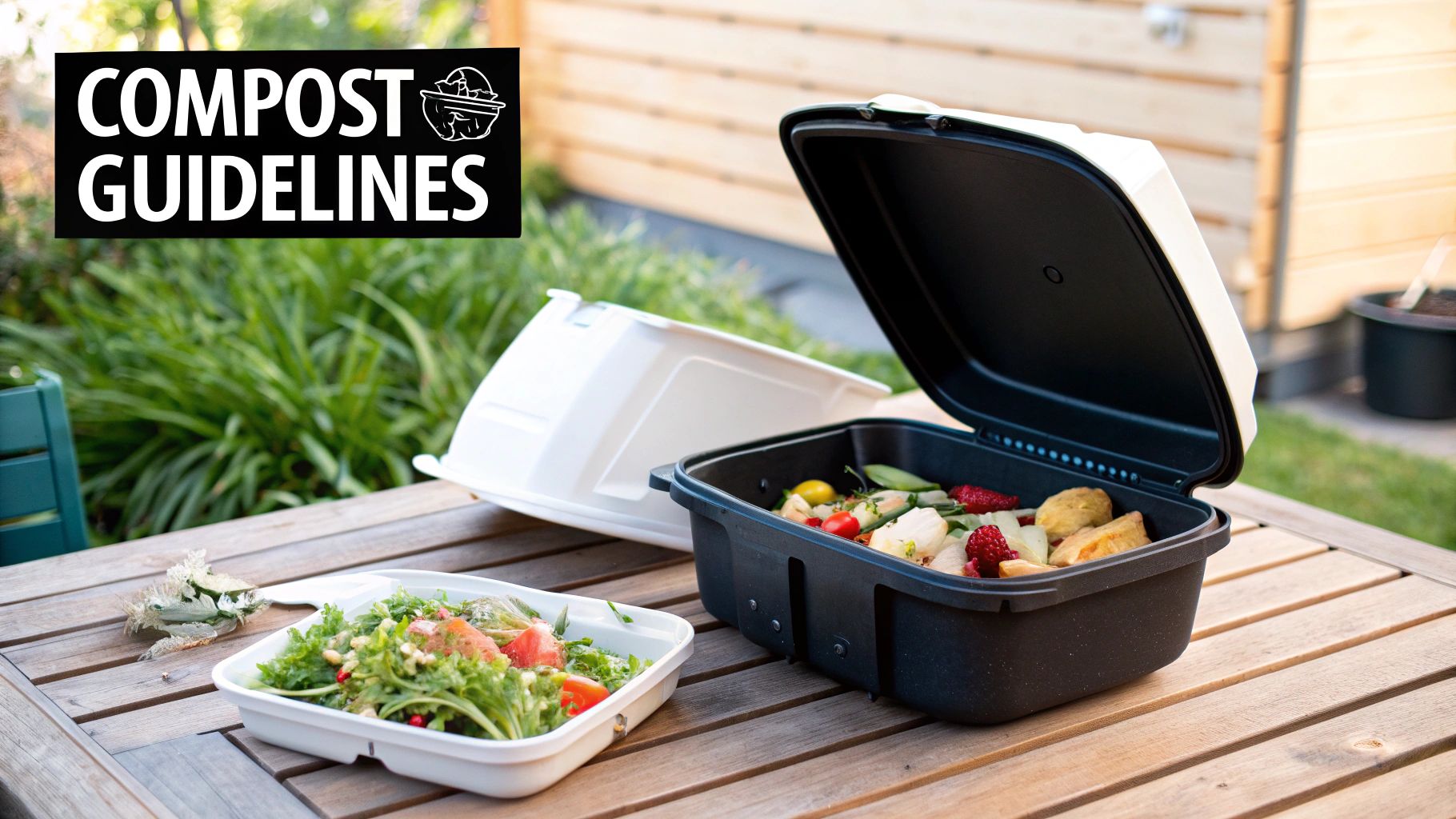
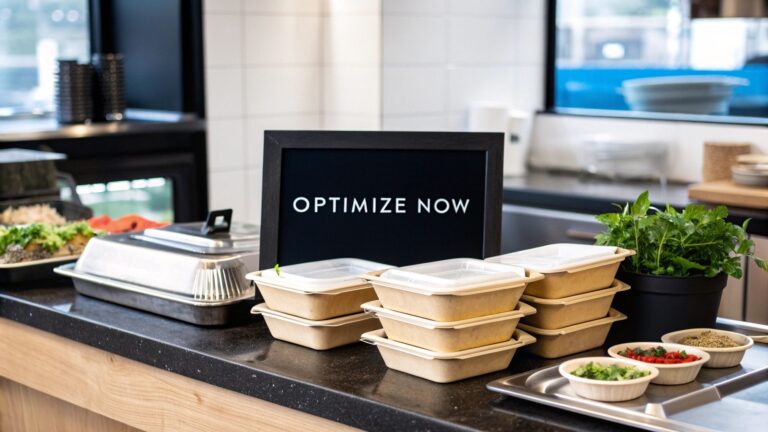



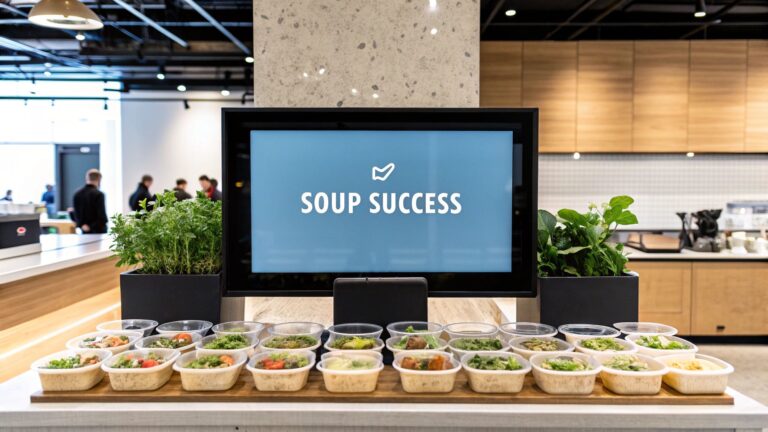

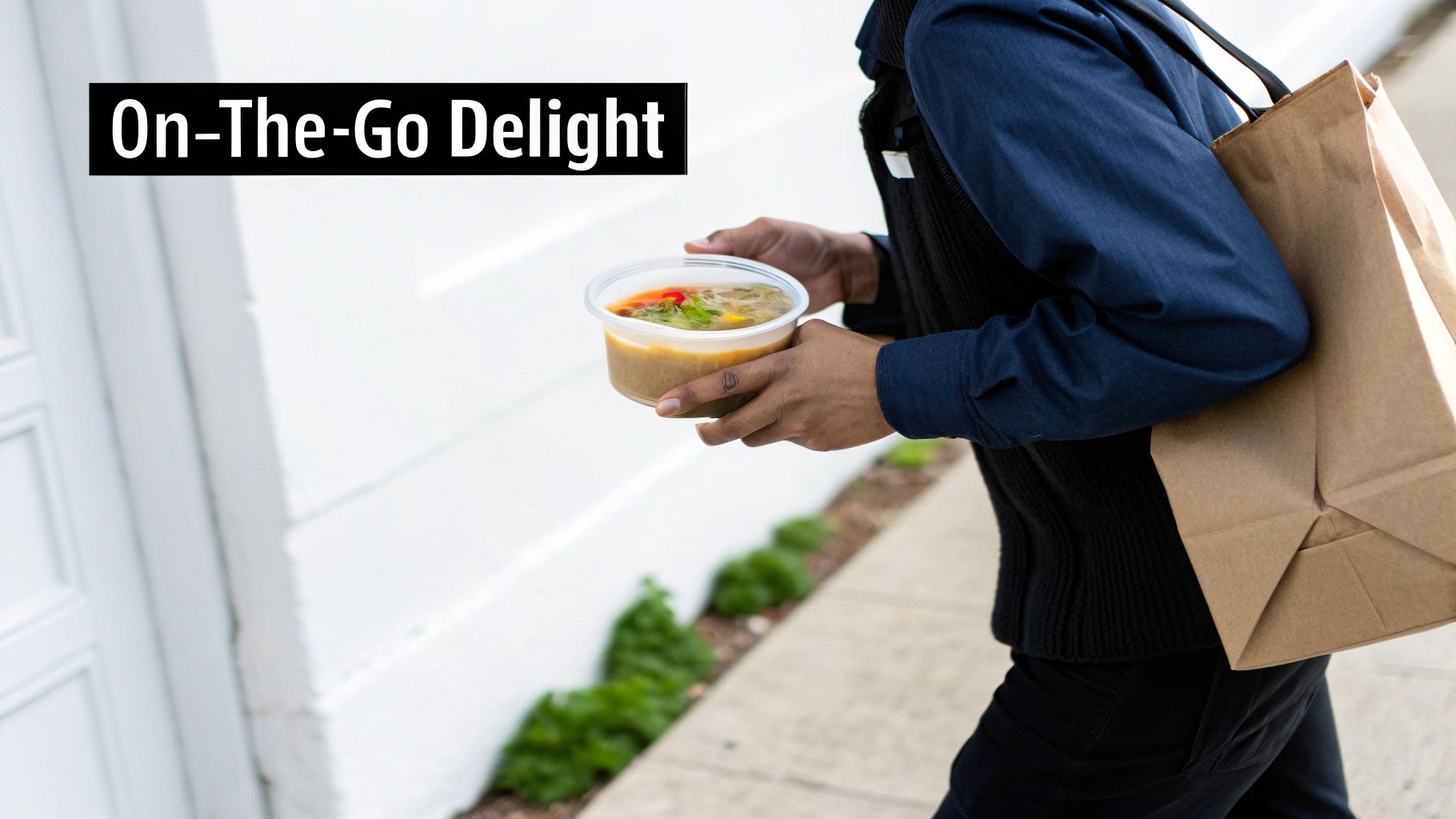

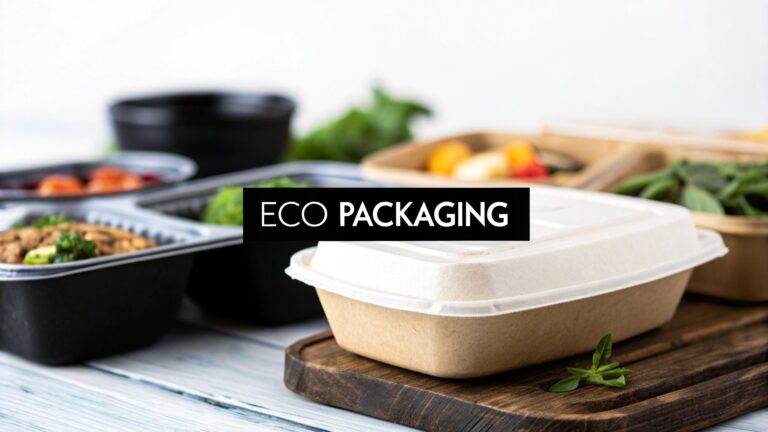



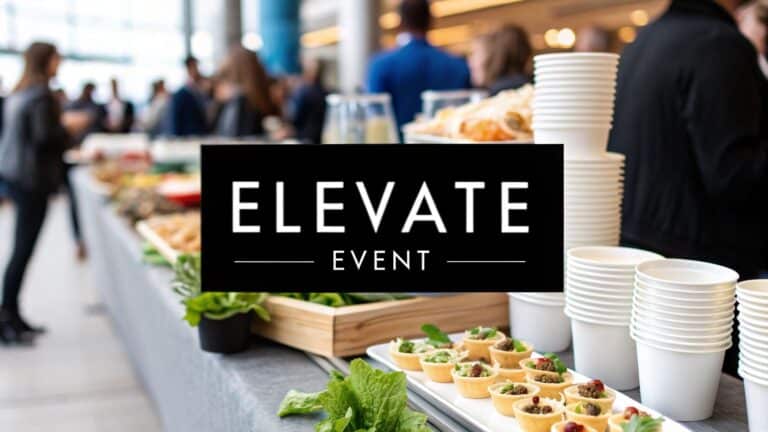
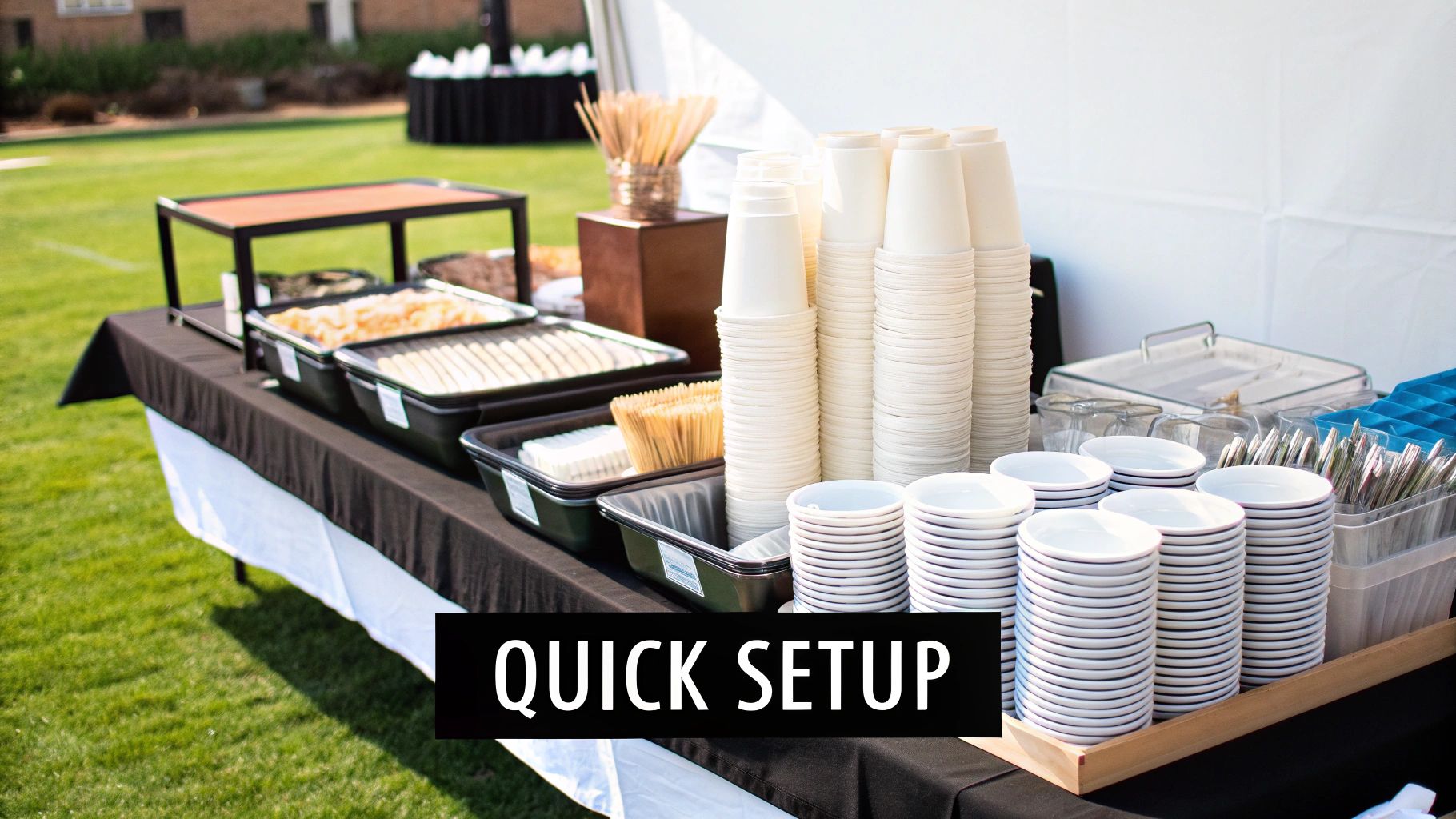
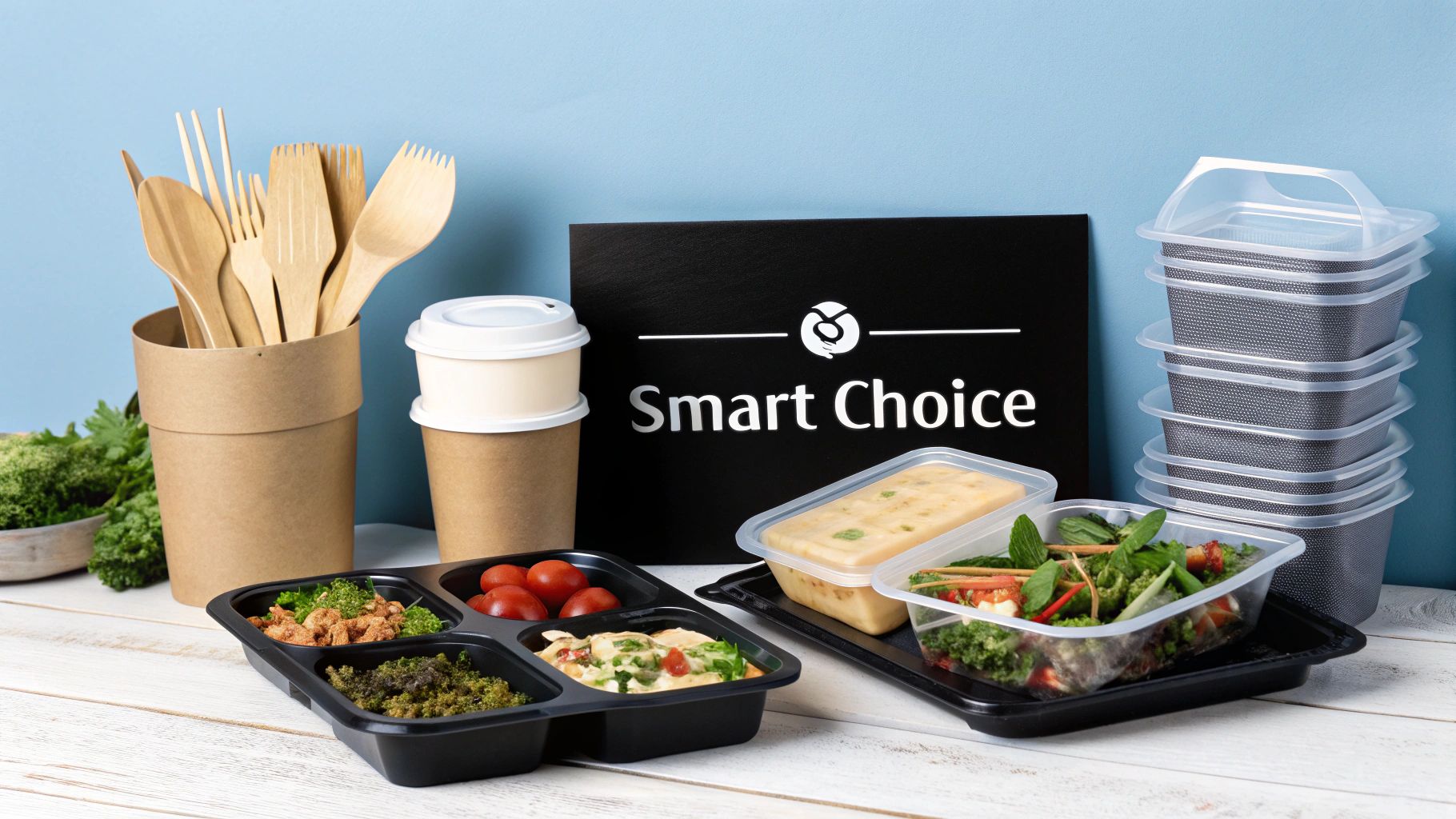
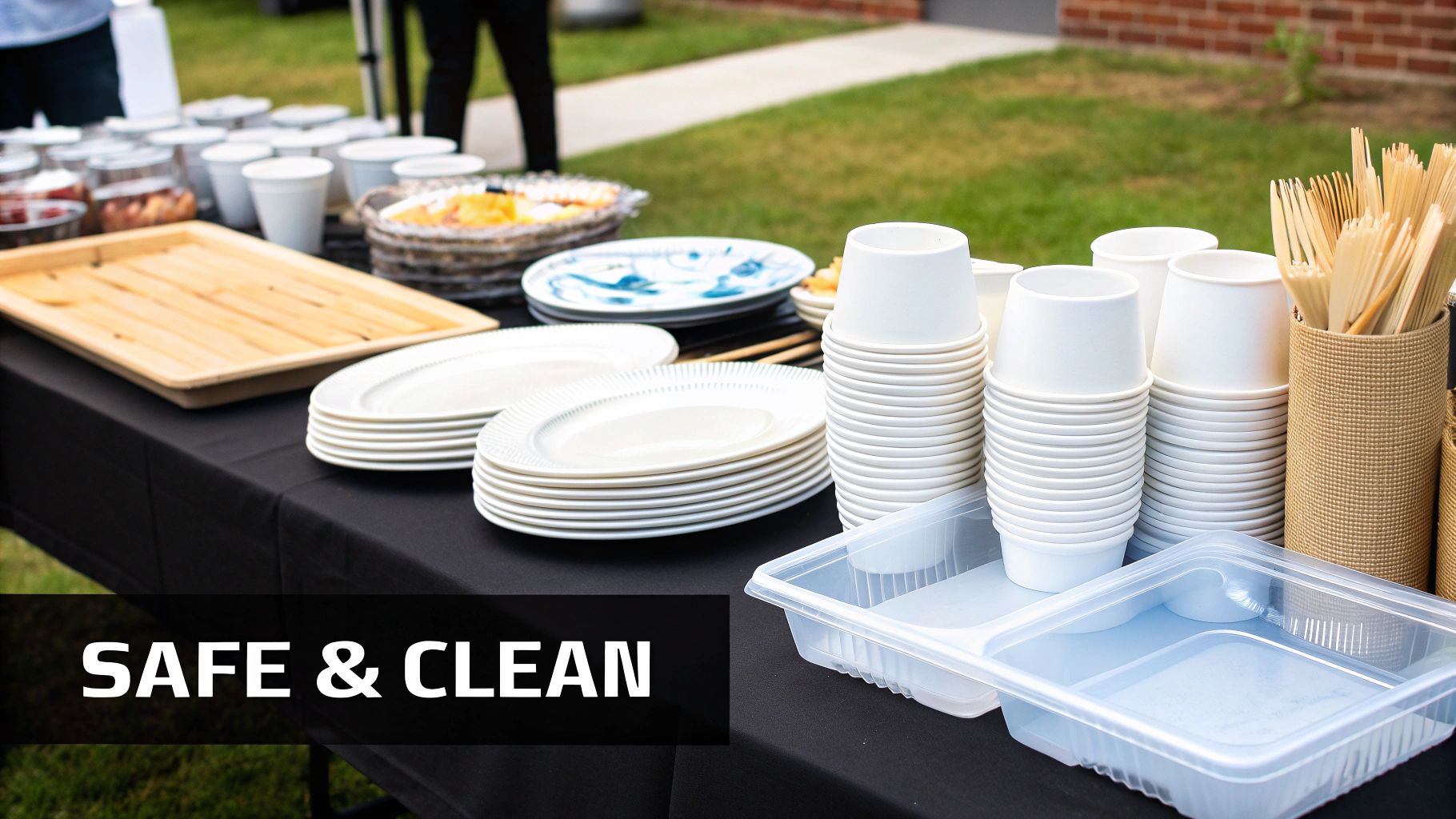

 Custom Branding
Custom Branding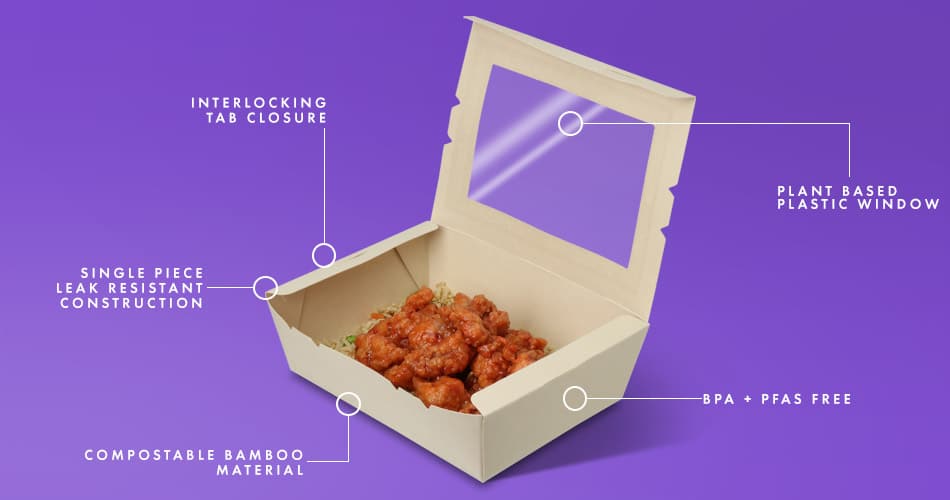 Innovative Packaging Solutions
Innovative Packaging Solutions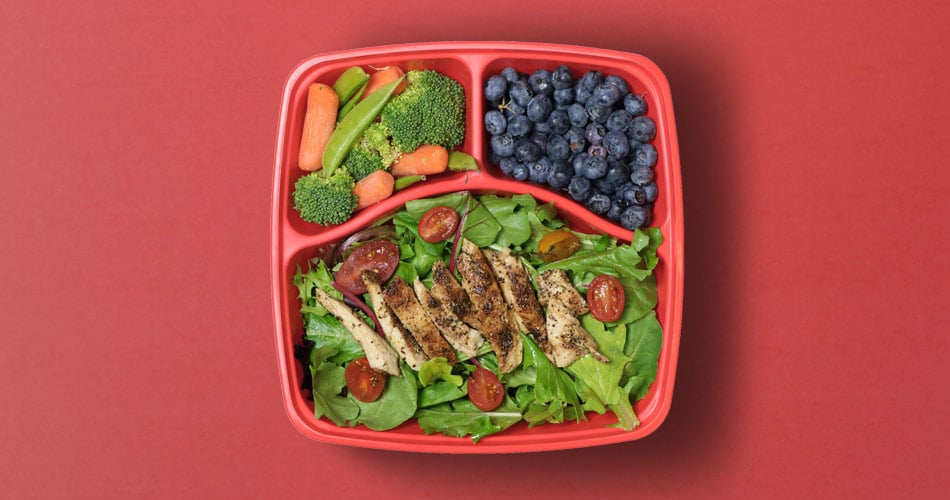 Portion Control
Portion Control Sustainable Packaging
Sustainable Packaging
 The Color Psychology of Takeout Packaging
The Color Psychology of Takeout Packaging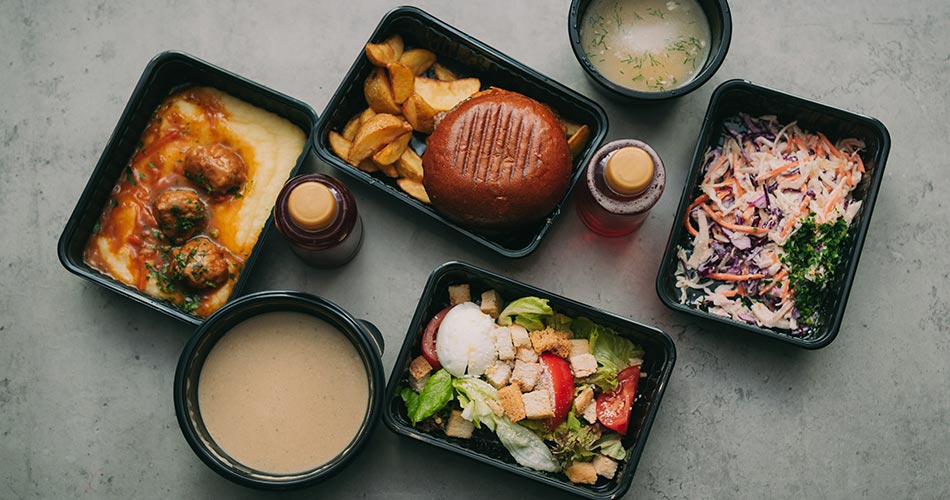 The Role of Packaging in Portion Control
The Role of Packaging in Portion Control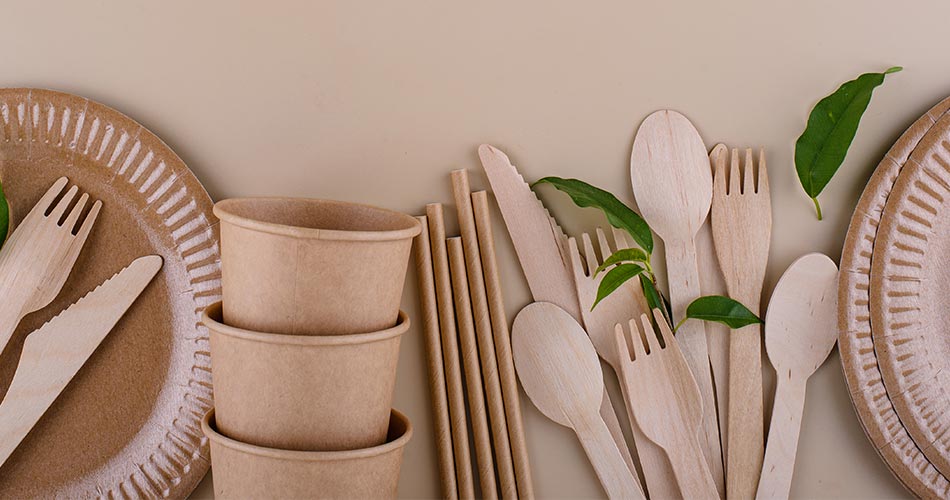 Environmental Considerations and Perception
Environmental Considerations and Perception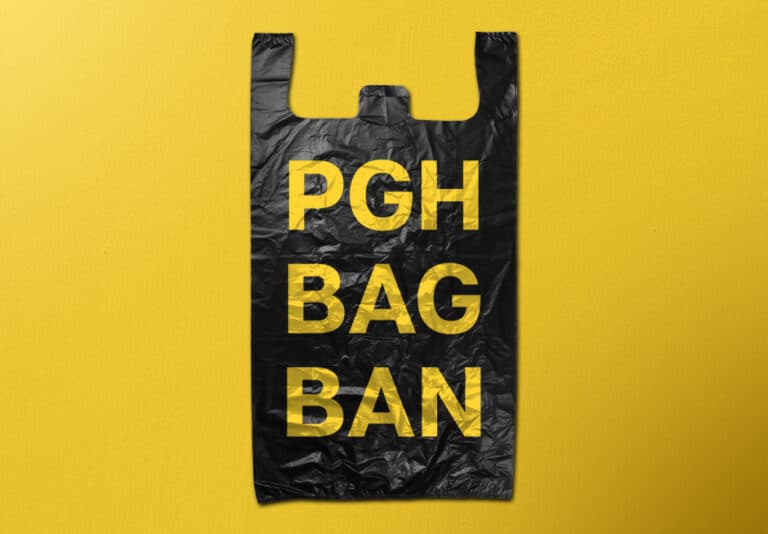
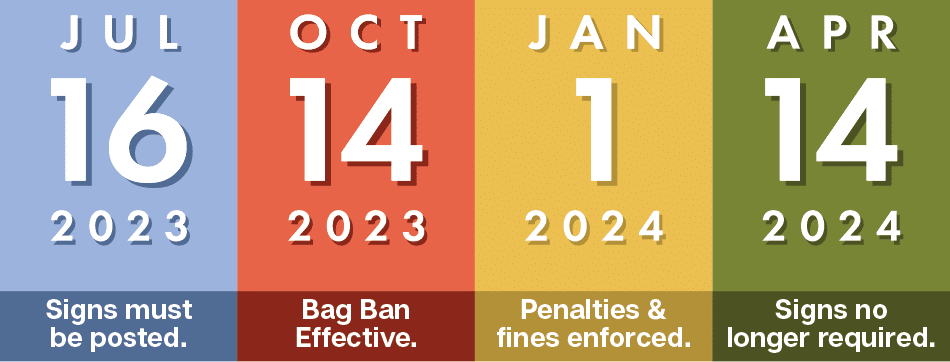 The City of Pittsburgh is implementing a policy to reduce the use of single-use plastic bags slated to begin 10/14/2023. However, the official code book states the following:
The City of Pittsburgh is implementing a policy to reduce the use of single-use plastic bags slated to begin 10/14/2023. However, the official code book states the following: 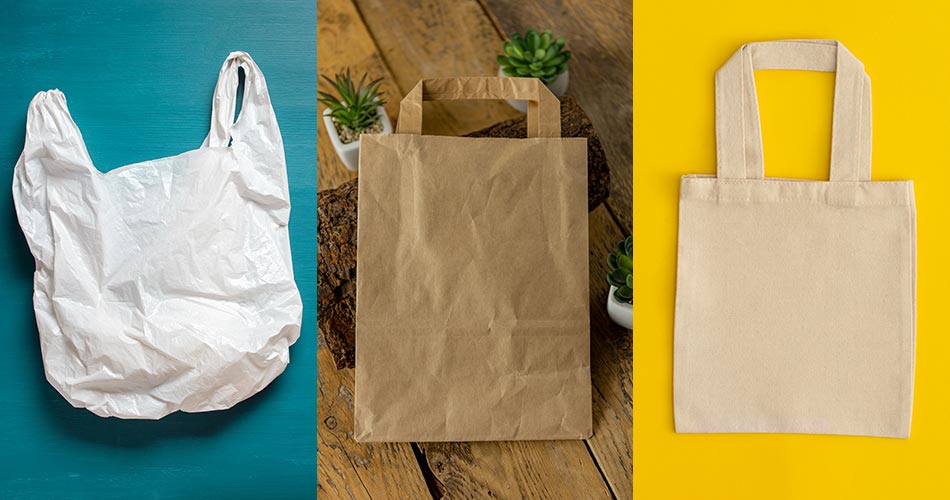
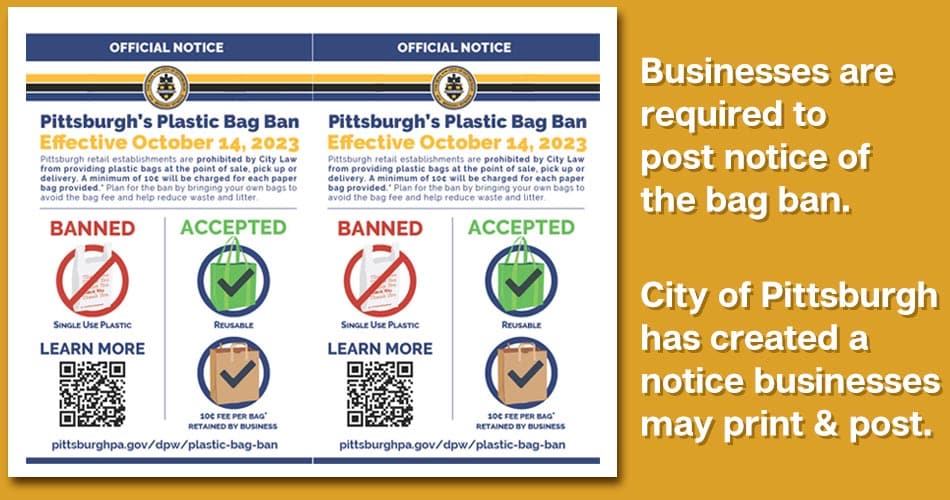
 The City of Pittsburgh’s Single-Use Plastic Bag Ban is an aggressive step toward a more sustainable future for the city. Local retailers can benefit from the ban by offering branded reusable bags, promoting eco-friendly products, and aligning with the city’s sustainability goals. This presents a marketing opportunity for businesses to connect with environmentally conscious customers.
The City of Pittsburgh’s Single-Use Plastic Bag Ban is an aggressive step toward a more sustainable future for the city. Local retailers can benefit from the ban by offering branded reusable bags, promoting eco-friendly products, and aligning with the city’s sustainability goals. This presents a marketing opportunity for businesses to connect with environmentally conscious customers.